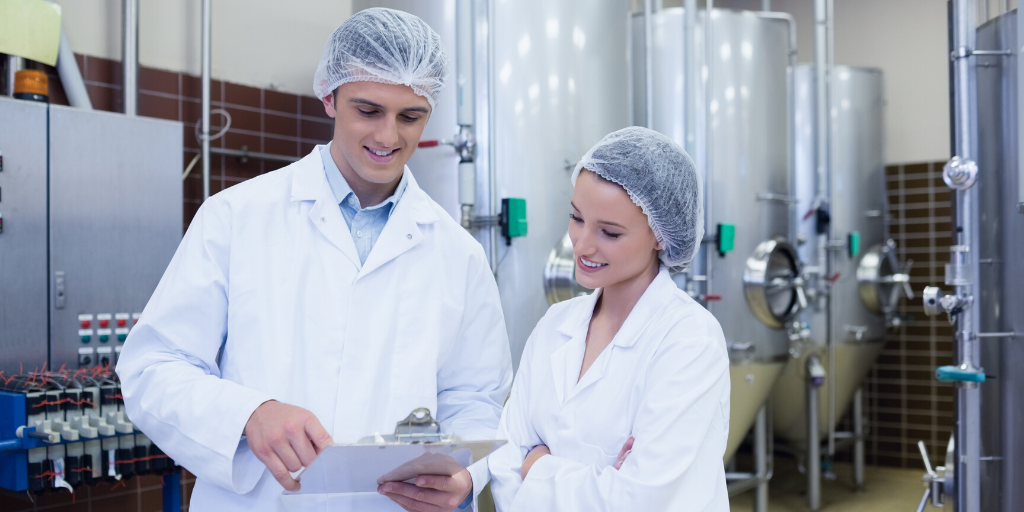
The BioHealth Capital Region (BHCR) experienced significant change in 2019 that has set the table for an intriguing 2020.
How 2020 plays out across the region is unknown.
However, if you’ve followed BioBuzz throughout the past year, it is abundantly clear that workforce development strategy, investment, and support will be a critical issue for the next decade in the BHCR. In addition to change and growth across more traditional life science sectors, the ascension of personalized medicine within the region, which includes a host of new and growing regenerative medicine, cell therapy, and gene therapy companies, has transformed the region’s workforce needs.
How the region develops its workforce to support traditional life science growth and adjusts—or, for that matter, does not—to the accelerating growth in the cell and gene therapy sector is a big unknown and an even bigger, ongoing challenge. Developing talent for the emerging cell and gene therapy industry is just one piece of the region’s workforce development puzzle, albeit a crucial one.
A cohesive, well-funded workforce development strategy that brings together industry, government, academia and various life science support organizations is essential to retain and attract the talent needed to keep the BHCR healthy and growing. The region has made real progress in talent development; the BHCR has one of the deepest, most skilled and highly educated workforces in the world. However, as science and technology advances, biohealth clusters like the BHCR need to be agile enough to stay ahead of the innovation curve.
Workforce challenges remain to be overcome, including balancing collaboration with competition for talent, expanding the talent pipeline and securing the funding required to support essential workforce development programs across the BHCR.
Click here to read more via BioBuzz.
